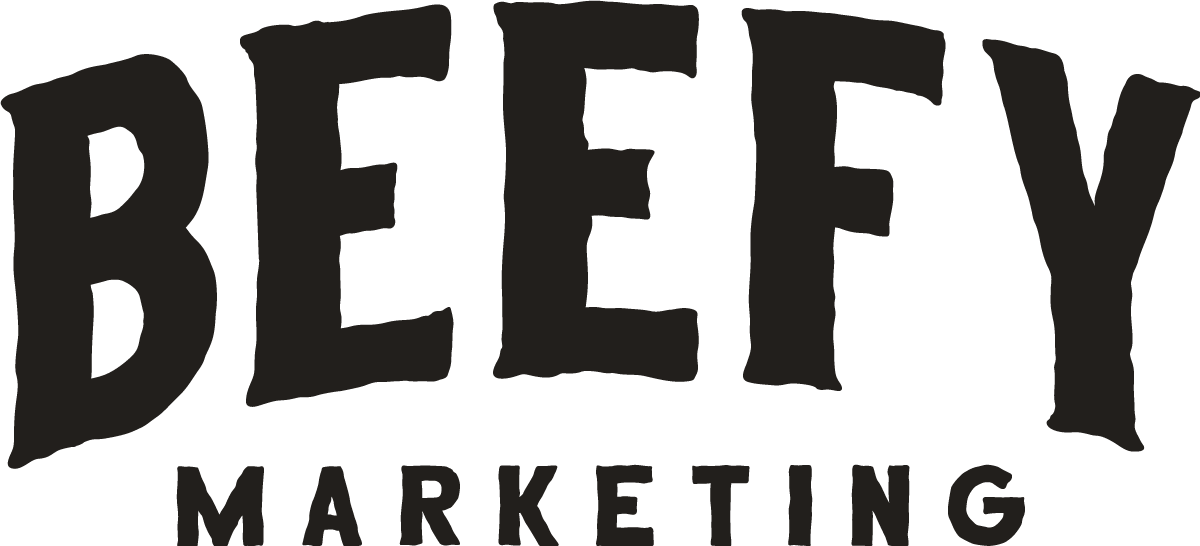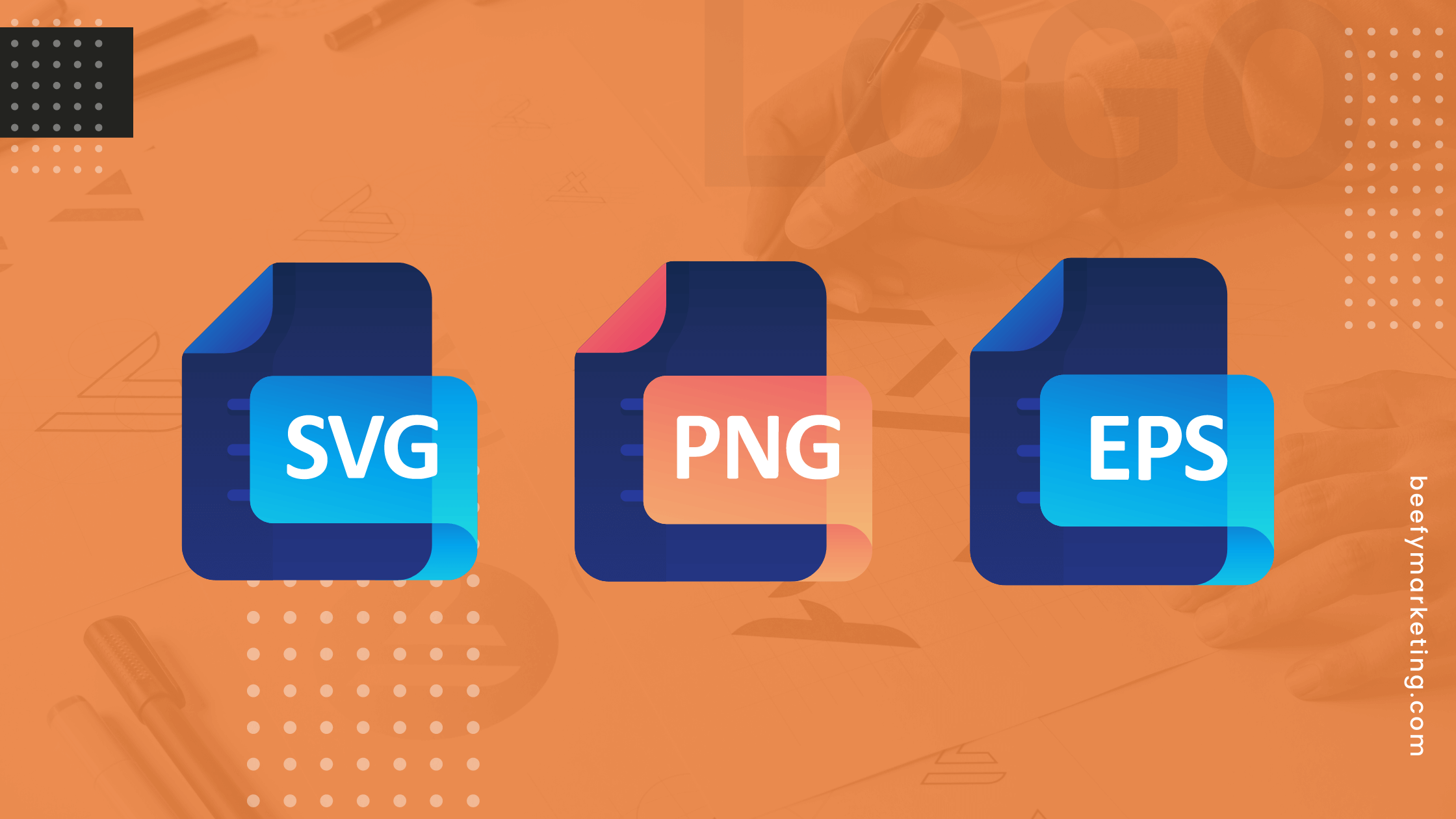Choosing the right logo file format is one of a business’s most important decisions. It determines how easily your logo can be printed, used on websites, and shared with others.
In this guide, we will look at the different logo file formats to help you decide which format is best for your business.
What Is a File Format?
A logo can come in different digital file formats. The file will typically contain an image of the logo and information related to its appearances, such as colors, fonts, and other details.
Depending on the format type, it may also contain vector or raster graphics. Vector graphics are suitable for printing and can be scaled without losing quality, while raster graphics are best for web use and have limited scalability.
Types of Logo File Formats
There are several logo file formats, each with advantages and disadvantages. The most common types are:
1. Adobe Illustrator (AI)
AI is a vector format, meaning it’s suitable for printing and can be scaled without losing quality. It can also be used for web graphics but will require additional work.
2. Encapsulated PostScript (EPS)
EPS is another vector format suitable for print and can be scaled without losing quality.
3. Scalable Vector Graphics (SVG)
SVG is a vector format, but it is specifically designed for web graphics and is best used on websites and social media.
4. Portable Network Graphics (PNG)
PNG is a raster format and is best used on web graphics and social media due to its ability to retain small file sizes without losing quality.
5. Joint Photographic Experts Group (JPEG)
JPEG is a raster format and is best used when the logo needs to be printed in a non-vector format (such as a flyer or brochure).
6. Portable Document Format (PDF)
PDF is a universal file format suitable for print and web graphics.
Why Should You Choose the Right Logo File Format?
The type of logo file format you choose is important because it affects how easily your logo can be printed, used on websites, and shared with others. If you choose the wrong format, your logo may look less sharp and be more recognizable than it should be.
How to Choose the Right Logo File Format
When choosing the right logo file format, weighing the pros and cons of each format is essential.
1. AI
AI is the best choice for print, but it’s also suitable for web graphics and working with logos in design programs like Adobe Illustrator. It can be used on websites, but it may require additional work to optimize it for web use.
2. EPS
EPS is another vector format suitable for print and can be scaled without losing quality. However, it’s less widely supported than AI and not recommended for web graphics.
3. SVG
SVG is a vector format designed for web graphics and is best used on websites and social media. It offers the most control over scaling, but some browsers may not support it.
4. PNG
PNG is a raster format and is best used on web graphics and social media due to its ability to retain small file sizes without losing quality.
5. JPEG
JPEG is a raster format and is best used when the logo needs to be printed in a non-vector format (such as a flyer or brochure). It’s not recommended for web graphics as it could be more efficient than other formats.
6. PDF
PDF is a universal file format suitable for print and web graphics. It’s widely supported and can save your logo in vector and raster formats.
Conclusion
Different file formats have advantages and disadvantages and should be selected based on the specific needs of a business. AI, EPS, and SVG are the most suitable for print, while PNG and JPEG are best for web graphics. PDF is a universal format that can be used for both print and web graphics.
Want to take your business to the next level? Beefy Marketing is the company to trust. We will help you grow your business with fully managed marketing services, expert resources, and our community small business owners. Contact us for more details.



